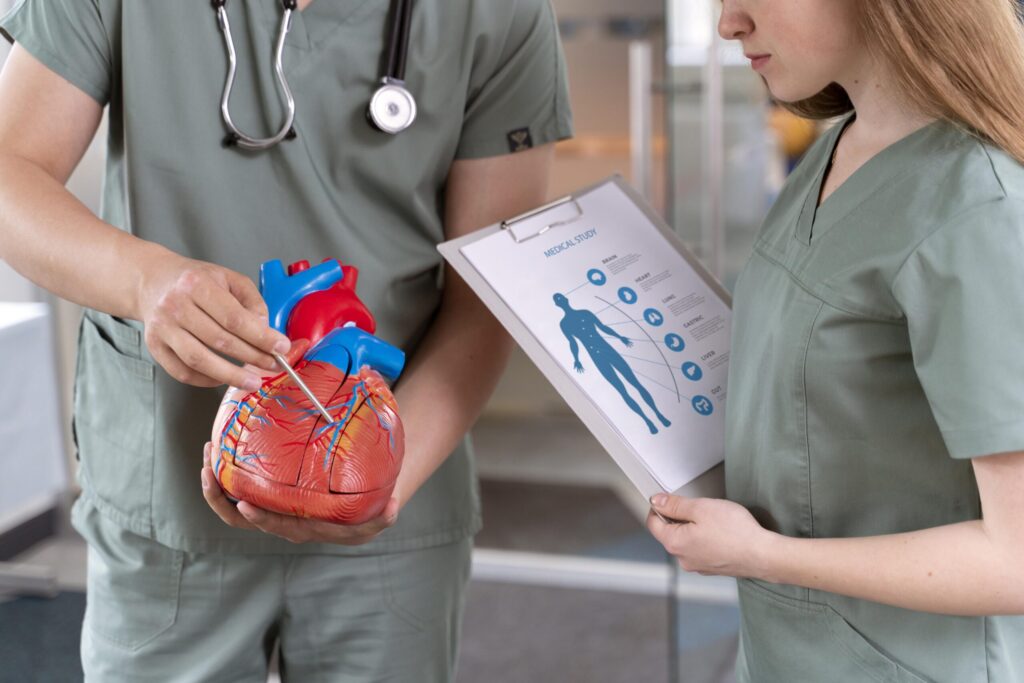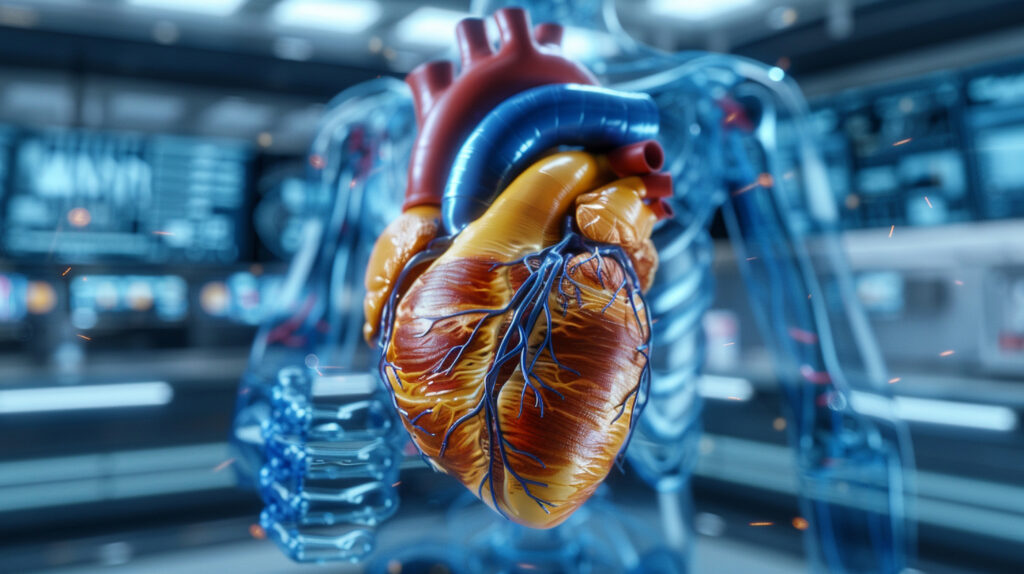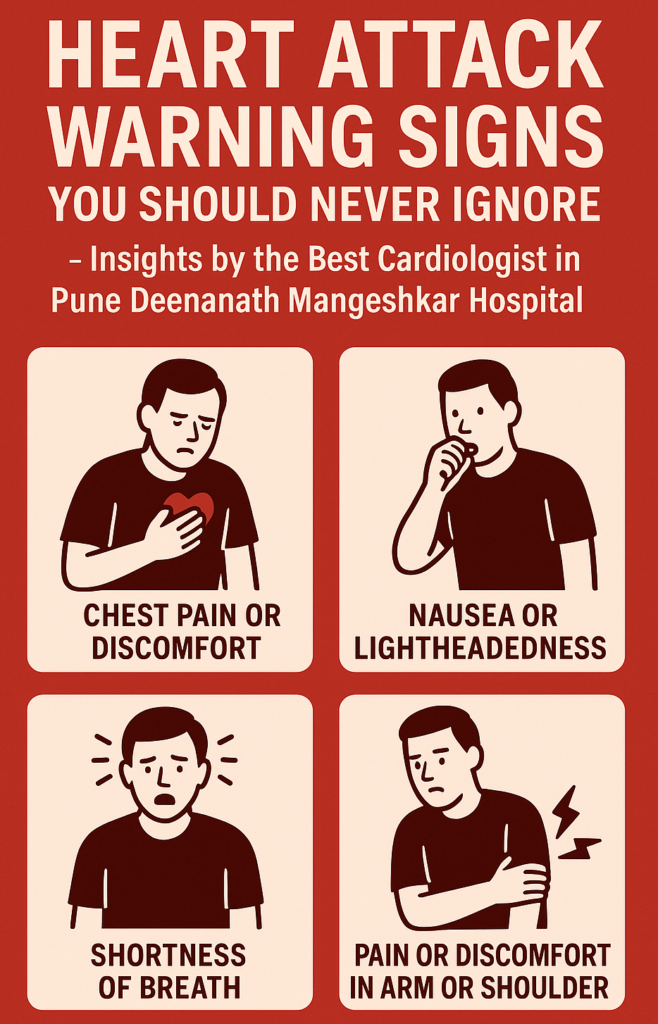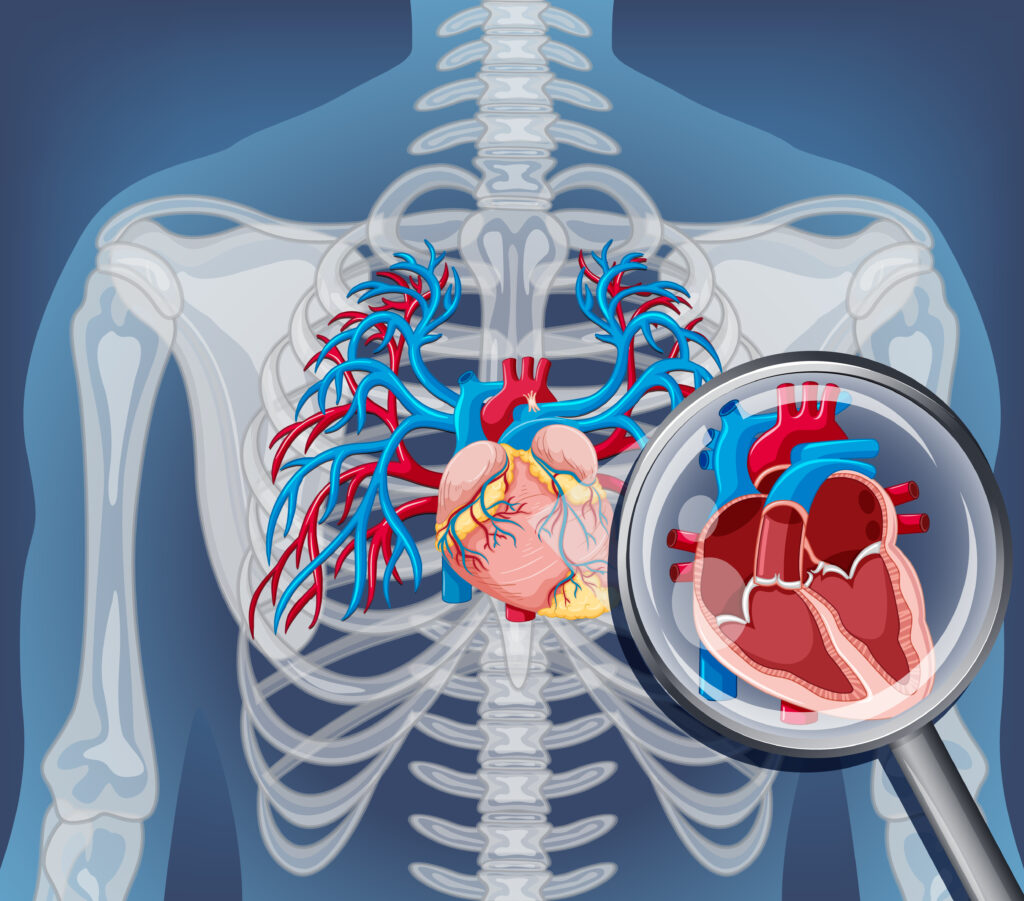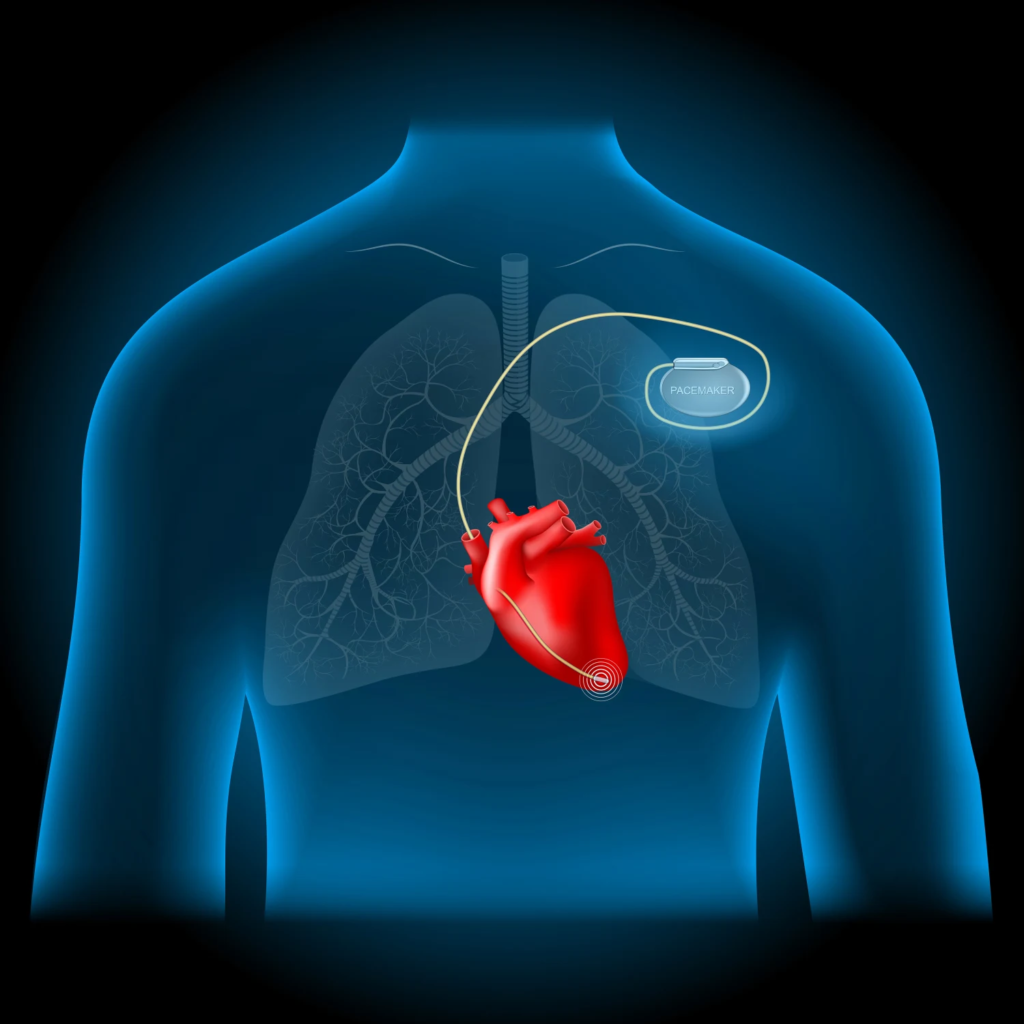Introduction
Cardiac arrest is a life-threatening medical emergency that can strike without warning. It occurs when the heart suddenly stops beating, depriving the body of oxygen and vital nutrients. This condition can be fatal if not addressed promptly. In this article, we will delve into the causes, symptoms, and life-saving interventions for cardiac arrest, shedding light on this critical issue that affects millions of people worldwide.
1. What is Cardiac Arrest?
Cardiac arrest is a condition characterized by the abrupt cessation of the heart’s pumping action, leading to a cessation of blood flow to the body’s vital organs. It is not to be confused with a heart attack, although they are related. A heart attack results from a blockage in the coronary arteries, which hinders blood flow to the heart muscle. If left untreated, a heart attack can potentially lead to cardiac arrest.
2. Causes of Cardiac Arrest
Several factors can trigger cardiac arrest, including:
- Heart arrhythmias: Irregular heart rhythms, such as ventricular fibrillation or ventricular tachycardia, can disrupt the heart’s normal pumping action.
- Heart disease: Conditions like coronary artery disease, heart failure, fluid accumulation around heart and valvular heart disease can increase the risk of cardiac arrest.
- Cardiomyopathy: A group of diseases that affect the heart muscle can lead to an increased risk of cardiac arrest.
- Electrolyte imbalances: Abnormal levels of essential minerals like potassium and magnesium can affect the heart’s electrical activity.
- Drug overdose: Certain medications or recreational drugs can interfere with the heart’s function, leading to cardiac arrest.
- Lung and lung vessel diseases: blood clot on the lung [pulmonary embolism] Trauma to lungs [Tension pneumothorax]
- Poisoning
- Loss of body fluid volume due to diarrhea, vomiting, bleeding, burns
- Hypothermia
3. Symptoms of Cardiac Arrest
Recognizing the signs of cardiac arrest is crucial for early intervention. Common symptoms include:
- Sudden loss of responsiveness: The affected individual becomes unresponsive and stops moving or breathing.
- No pulse: When you check for a pulse in the neck or wrist, you find none.
- Gasping or abnormal breathing: Instead of normal breathing, the person may gasp for air or exhibit irregular breathing patterns.
- Chest pain or discomfort: In some cases, cardiac arrest may be preceded by chest pain, although this is not always the case.
- Immediate Action: What to Do in Case of Cardiac Arrest
Cardiac arrest demands quick action to maximize the chances of survival. Here’s what you should do:
- Call emergency phone no [911 in USA/ 999 in UK/ : The first step is to call emergency services. Provide your exact location and a brief description of the situation.
- Start CPR: If you’re trained in cardiopulmonary resuscitation (CPR), begin chest compressions and rescue breaths. CPR helps maintain minimal blood flow to vital organs until medical professionals arrive.
- Use an automated external defibrillator (AED): If an AED is available, follow the device’s instructions to deliver electric shocks to the heart, which can help restore a normal rhythm.
- Prevention and Management
While cardiac arrest can occur suddenly, there are steps individuals can take to reduce their risk and manage underlying conditions:
- Maintain a healthy lifestyle: Regular exercise, a balanced diet, and weight management can reduce the risk of heart disease and cardiac arrest.
- Manage chronic conditions: Properly control and monitor chronic illnesses such as hypertension, diabetes, and high cholesterol.
- Avoid substance abuse: Steer clear of recreational drugs and excessive alcohol consumption.
- Learn CPR: Everyone should consider getting trained in CPR, as early intervention can significantly improve survival rates.
- Install AEDs in public places: Widespread availability of automated external defibrillators can save lives in emergency situations.
Conclusion
Cardiac arrest is a severe medical emergency with potentially fatal consequences. Recognizing its symptoms and taking immediate action can be the difference between life and death. While it is not always preventable, individuals can reduce their risk through a healthy lifestyle and managing underlying health conditions. The more people are educated about cardiac arrest, the better prepared they will be to respond in a crisis and potentially save lives. For expert guidance and proactive heart health, consider consulting the Best Cardiologist in Pune.
Dr. Rahul Dadasaheb Sawant
MRCP.CCT Cardiology UK. FACC
CEO and Founder Hridaymitra Cardia Clinic, Pune.

